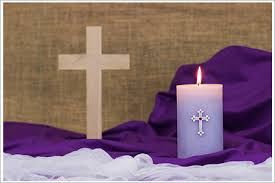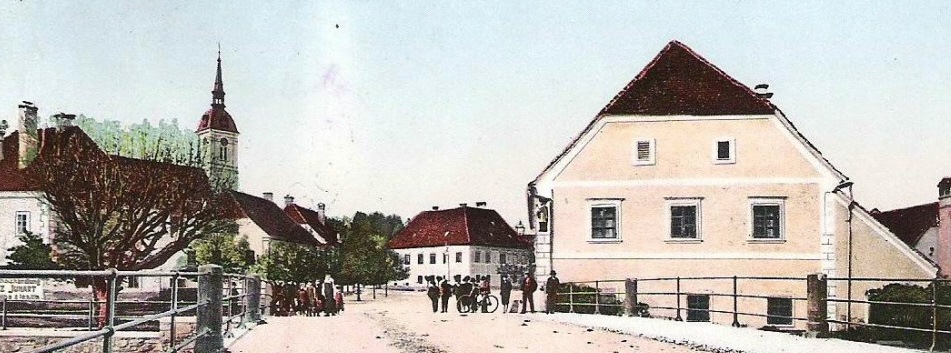
Succursal church of St. Joseph; photo: Simona Kostanjšek Brglez
The top of Jožefov hrib (Joseph’s hill) above Slovenska Bistrica is dominated by the magnificent church of St. Joseph, a former important pilgrimage site. In 1744 the land was bought by the chaplain of Slovenska Bistrica, Maks Lederer, who also partly funded the building. The architecture is attributed to an important building master from Maribor Jožef Hoffer (c. 1700-1762), who also designed the pilgrimage church at Sladka Gora and the parish church in Ernovž (Ehrenhausen). This architecturally diverse church was mostly finished by 1757, while a pair of bell towers was added in 1812. The funding was obtained by many pilgrims who had visited the place while it was still being built.
The building is an extraordinary example of the comprehensive baroque art in Styria, because it is mostly preserved in its original form. The quality furnishings, along with the architecture, are also magnificent. Undoubtedly, the most important piece is the high altar dating from around 1756 that fills the entire east wall of the presbytery. It was made at the workshop of the Maribor sculptor Joseph Straub (1712–1756), but finished by his brother, an important sculptor Philip Jacob Straub (1706-1774) from Graz.
The altar painting The Death of St. Joseph is attributed to Valentin Metzinger (1699-1759), a baroque painter who was mostly active in Carniola. Worth mentioning are also the four side altars, dating from around 1769 and 1774, that are dedicated to St. Blaise, St. Mary, St. Vincent of Ferrer and St. Aloysius Gonzaga. The bigger of the two altars are situated in the side chapels, the smaller two near the triumphal arch wall. All were made at the workshop of Janez Jurij Mersi (1725-1788) from Slovenj Gradec. The altar paintings are considered among the best works of the painter and gilder Janez Andrej Strauss (1721-1783), also from Slovenj Gradec. Mersi’s workshop also made the angels’ heads and ornaments for the pulpit (dating from the end of the 17th century or the beginning of the 18th century), which was brought to this church from another location.
The painting of the vault in the presbytery was made at the end of the 19th century. It depicts scenes from the church’s patron’s life, i.e. scenes from the seven sorrows and joys of St. Joseph. It was painted by the church painter Franc Gornik (1857-1908) from Malečnik, who also worked at the monastery church in Studenice and in St. Egidio’s church in Kočno.
The church of St. Joseph is protected as a cultural heritage site of local importance. With the exception of one younger composition, it is the result of work made by many important baroque artists, whose works had enriched Styria as well as Carinthia, Croatia and Carniola.

Presbytery; photo: Andrea Furlan
Simona Kostanjšek Brglez, ZRC SAZU (Research Center of the Slovenian Academy of Sciences and Arts), Umetnostnozgodovinski inštitut Franceta Steleta (France Stele Institute of Art History), 2019
This content was made for the project Umetnost za turizem. Umetnostnozgodovinske vsebine kot podlaga razvoju trajnostnega turizma Vzhodne Slovenije (Art for Tourism. Art Historical Themes as a Foundation for the Development of Sustainable Tourism of Eastern Slovenia) that is co-financed by the Ministry of Education, Science and Sport of the Republic of Slovenia and the European Regional Development Fund. This content was also made for the research program Slovenska umetnostna identiteta v evropskem okviru (P6-0061) (Slovenian Artistic Identity in European Context (P6-0061)), which is co-financed from the state budget by the Slovenian Research Agency of the Republic of Slovenia.
Lokacija:

